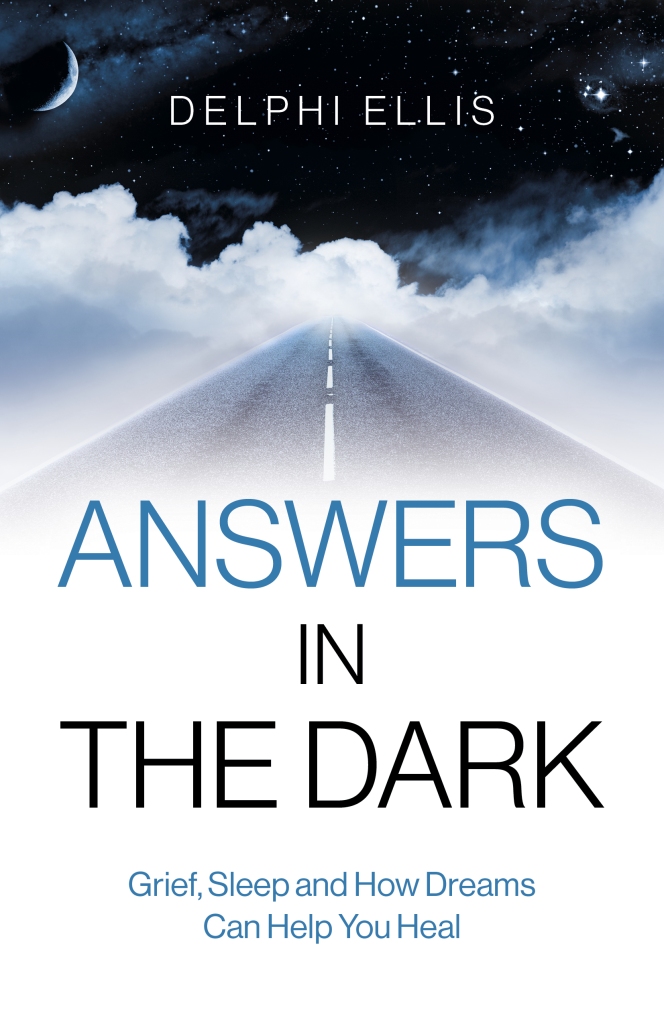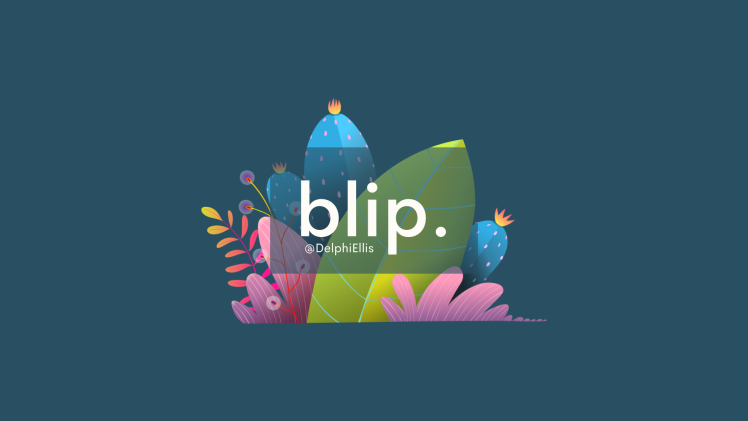⚠️ This article briefly mentions death by murder and suicide.
I grew up in an environment where we talked about dreams around the breakfast table. It was only when I went to school that I realised how unusual that was. When I launched into conversation about weird night-time adventures I’d had while asleep, my classroom peers would look at me as if I was talking another language.
Thankfully, when I became a therapeutic counsellor, discussing dreams and their importance felt more acceptable. Here, and for more than 20 years, my clients often shared with me what they were dreaming and, having literally spent a life time studying the topic, I was ready to explore.
The majority of people I’ve spoken with during that time have been bereaved. Their grief often goes, as I call it, “underground”, because they were not given permission to feel their loss, or they were met with some of the unhelpful things people would say.
It was only in the safety of the therapeutic space, people would unpack how they felt, including what they had dreamt, and together we’d explore the significance.
It was here I started to notice the pattern of Visitation Dreams.
What are Visitation Dreams?
These usually occur following the death of a loved one, when the person who has died appears in a dream.
It may not happen straight away, in fact it may be several years before their loved one makes an “appearance”. Often though, it happens at an important time in the dreamer’s life. This is one of the reasons, in Answers In The Dark, I encourage people to keep a dream diary; they might notice they have a certain type of dream around the anniversary of an important event.
In the video below, I briefly explain that I tend to separate these dreams in to two categories, both valid and significant. One type is “night-time therapy”, the other is the more traditional or “authentic” visitation dream.
Night-Time Therapy
If we feel unable to talk about what’s happened to us during the day, it’s logical that our feelings may express themselves in the form of dreams while asleep.
Where a loved one died suddenly, and certainly where their death had been in violent or tragic circumstances, the dreamer may see the deceased but they appear in a way that feels unkind and even cruel.
I noticed that people who had been bereaved by suicide or murder, for example, would often dream of their loved ones standing in front of them looking angry and saying phrases like “you should have known; you should have protected me”.
The guilt the dreamer may feel over what happened — even though not their fault — would take the shape of these distressing dreams so that they could process their loss and feelings, in the safety of their sleep; a form of ‘night-time therapy’.
It can be useful in these cases to seek the help of a professional to be reassured that this is the mind processing the loss and tragedy of what’s happened, and to find ways to navigate this helpfully.
“Authentic Visitations”
There is a noticeable distinction between the ‘night-time therapy’ described above and the more traditional or authentic visitation dreams and that is, with the latter, the dreamer wakes up feeling as if something really magicalhas just happened.
In their dream, their loved one will appear happy, rested and perhaps providing a message that everything is fine — some also described their loved one as having an aura or angelic golden glow around them. One person told me their loved one made the point of saying “I’m fine where I am, don’t worry about me” to offer reassurance to the dreamer that all is well.

Another common factor in this type of dream, is that their loved one will often appear at the other end of a bridge. One of the things I expand on in Answers In The Dark is the role of metaphor; we often talk about the deceased as being ‘on the other side’.
This is why in visitation dreams their loved one may appear the other side of a bridge, and the dreamer is prevented from reaching them. This acts as a reminder that the dreamer’s time hasn’t come (note: if a loved one is beckoning the dreamer to join them, again this ‘night-time therapy’ likely reflects the pain of loss, and it may be time to seek help).
One thing I learned in my time working with the bereaved is that while some dreams were common, each dream — like the dreamer – is unique. It’s why I don’t think it’s helpful to ‘analyse’ a person’s dream per se — to imply there is only one meaning — but more to create the opportunity for a person to explore what it may mean for them. If we also open the door to considering how meaningful dreams can be — even during a difficult time — we create the space for healing to begin.
Delphi is the author of Answers In The Dark: Grief, Sleep and How Dreams Can Help You Heal, out now on Amazon and Hive. The Dreams Maven™ is part of the Helping You Sparkle™ portfolio. You might also like Monday Mojo™.

Out Now
The 4 am Mystery: That’s an actual thing by the way. Even before a global health crisis, people found themselves awake in the middle of the night. Answers In The Dark aims to join the dots between sleep, dreams and our mental health, specifically how grief shows up, even if no one has died.
It explores some of the Big Myths of sleep, offers a Sleep Cycle Repair Kit and tips on how to decode your own dreams. Out now on Amazon and Hive.
#1 Best Seller on Amazon for its category.
Want to ask a Dream Question?

Are you having a recurring dream? Do you have a question about a particular symbol that you’d like to explore (because dream dictionaries and Google can’t always help)? You might like The Dream Download™.
If you’d like a more in-depth exploration of a dream, take a look at blip. below.

If you or anyone you know has been affected by topics discussed in this article, this list of links may be helpful.
© Delphi Ellis 2023 – please note this content may also appear elsewhere as promotional material for Answers In The Dark.

4 thoughts on “Visitation Dreams: What They Are and Why They Matter”
Comments are closed.